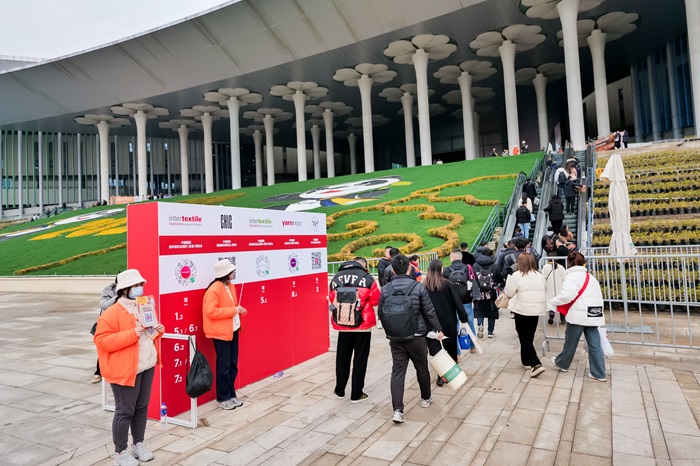The textile and handicrafts industry constitutes an important segment of the Indian economy. It is one of the largest employment generators after agriculture. The sector employs about seven million people. The sector is strategic from the point of view of low capital investment, high ratio of value addition, and high potential for export and foreign exchange earnings for the country.
It is estimated that out of the total number of persons employed in handlooms, handicrafts, and sericulture, about 50 per cent are women. There are more women in the household industry than in the registered small scale or cottage units. However, in the organised sector, the percentage of women workers is extremely low, with the exception being garmenting.
Handlooms and handicrafts are a major source of income for rural communities in general and for rural women in particular. Efforts are being made to revitalize the cottage based traditional sectors like handlooms, handicrafts, jute and wool through an integrated approach covering the entire value chain. To provide encouragement to textile manufactures and farmers of raw materials, incentives are being provided like a minimum support price for cotton farmers, upgrading the technology for handloom weavers and providing centers for trade facilitation.
Handlooms, handicrafts get government incentives
- 1
- 2
- 3
- 4
- 5
- 6
- 7
- 8
- 9
- 10
Brexit's Ripple Effect: How a UK-India FTA could reshape British apparel retail
Brexit has prompted the UK to seek new trade partnerships globally, and a potential Free Trade Agreement (FTA) with India... Read more
Prakash Shah honored with ITAMMA Lifetime Award, stresses people over profit
N D Mhatre, Director General (Tech) of ITAMMA, emphasized the importance of artificial intelligence in the digital era. Speaking at... Read more
Intertextile Shanghai to showcase sustainable functional textiles
Intertextile Shanghai Apparel Fabrics - Spring Edition 2025 is set to spotlight sustainability and innovation, with over 3,000 exhibitors spanning... Read more
Spring Fair 2025 closes with growth, innovation, and new connections
Spring Fair 2025 concluded its 75th edition at NEC Birmingham, bringing together over 38,000 retail buyers and industry professionals. The... Read more
Miu Miu continues to reigns supreme in Lyst Index for Q4 2024
The Lyst Index, a quarterly ranking of fashion's most coveted brands and products, has released its highly anticipated report for... Read more
GSP+ withdrawal looms Pakistan's textile sector is on edge
Pakistan's textile and apparel sector, faces a critical juncture as the European Union (EU) scrutinizes its commitment to human rights... Read more
Turkish fashion goes green & digital for competitive edge
Metamorphosis project strengthens digital transformation Turkey’s apparel industry has taken a significant step forward with the completion of the “From... Read more
US Apparel Imports: Bangladesh loses ground as competitors gain ground
The US apparel import landscape is changing, with Bangladesh, once a rising star, losing ground to competitors like India, Vietnam,... Read more
New trade tariffs expected to reshape US apparel and textile sourcing landscape
The announcement on new trade tariffs by the US sent ripples throughout the global apparel and textile industry, significantly impacting... Read more
Rise of Southeast Asia, challenging China's textile dominance
Asia has long been the world's manufacturing hub for textiles and apparel, with a complex web of intra-regional trade leading... Read more












